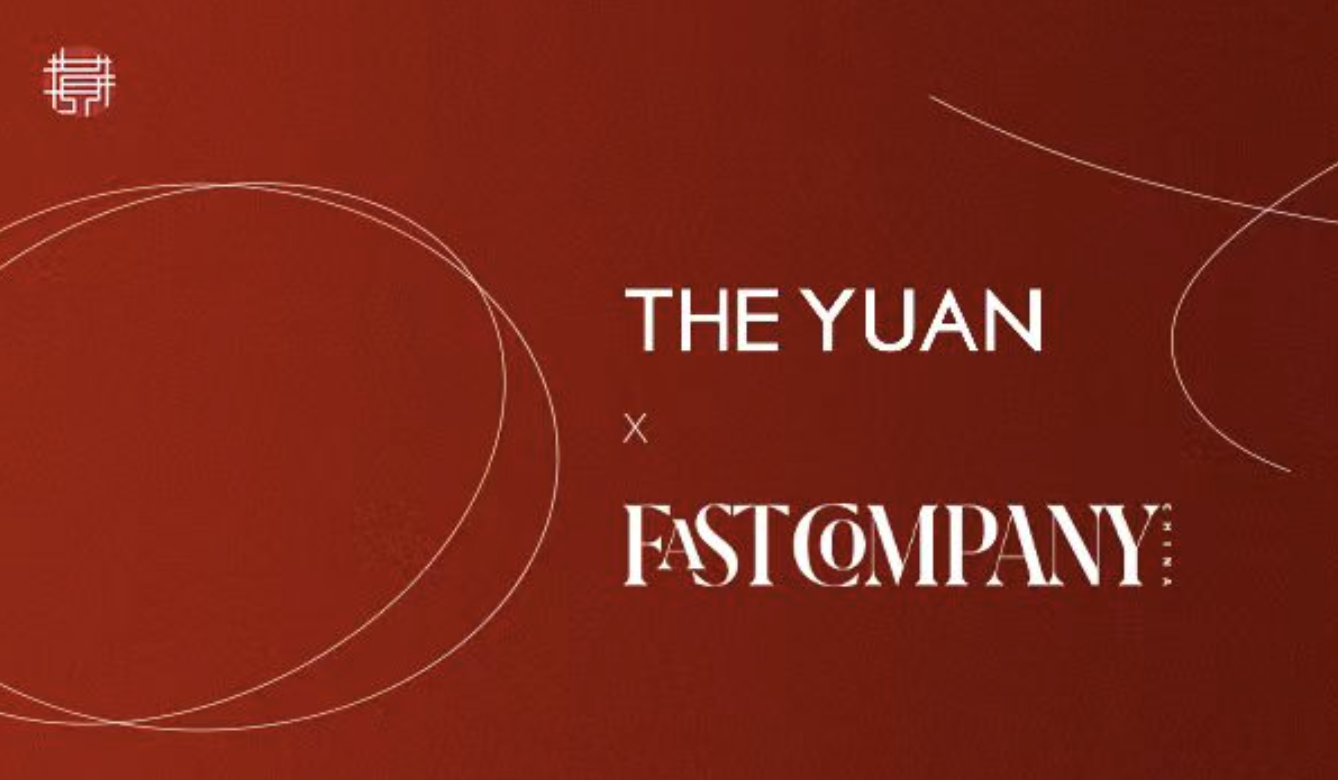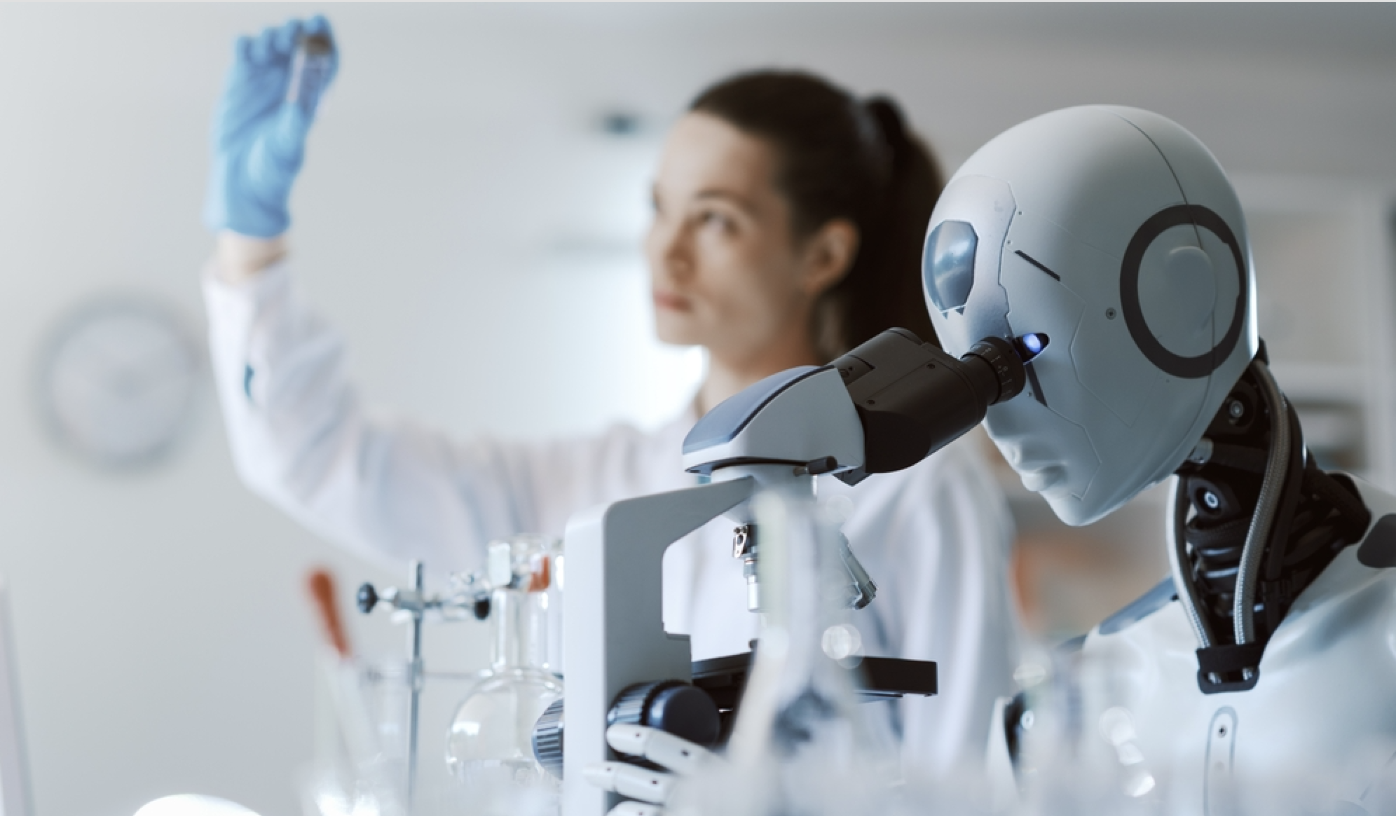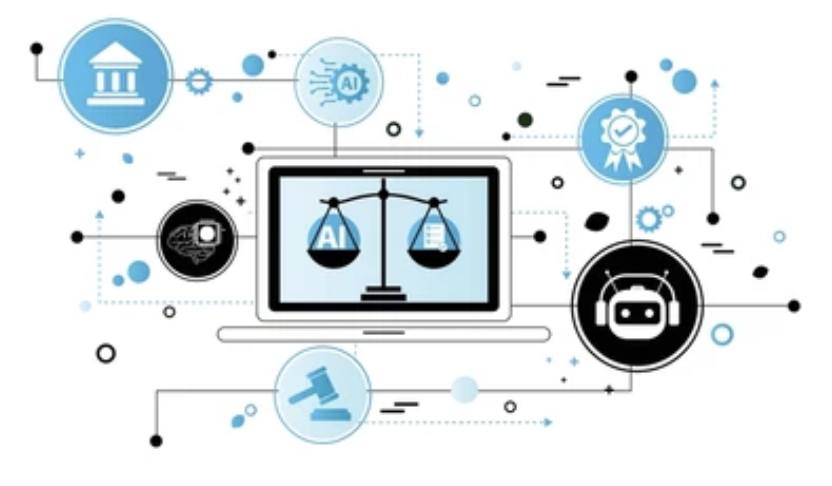


Day 17
Germany came late to the European colonial race but, once united in 1867, sought to catch up, convinced of the superior genius of its Volk. Two world wars on, the country again finds itself pitted against others in a new struggle for the top. In a Bavarian town near where two old German-speaking empires met, AI Prof Patrick Glauner explores the Zeitgeist of this new Superintelligenz on day 17 of The Yuan’s intelligent discovery voyage.Shifeng Wang
Chief Editor, The Yuan
DEGGENDORF, GERMANY - Artificial intelligence (AI) has witnessed remarkable advancements in recent years, with significant progress made in various fields. As AI systems continue to evolve, the question arises: How far away is the world from the point where AI surpasses human intelligence?
This article explores the journey from ChatGPT to super intelligence, delves into artificial general intelligence (AGI) and the concept of the singularity, and examines the likelihood of killer robots in the foreseeable future.
The Turing test
The Turing test is one that was proposed by British mathematician and computer scientist Alan Turing in 1950 as a way of measuring a machine's ability to exhibit intelligent behavior indistinguishable from that of a human. The test involves a human evaluator engaging in a natural language conversation with a machine and a human. If the evaluator is unable to consistently distinguish the machine from the human based on their responses, the machine is said to have passed the Turing test. The Turing test has been a significant benchmark in the field of AI and has stimulated research in developing conversational agents or chatbots capable of mimicking human-like intelligence. However, the test has some notable shortcomings, including but not limited to the following:
1. Subjectivity and background of evaluator: The test relies on the subjective judgment of the human evaluator. The determination of whether a machine's responses are indistinguishable from those of a human can vary depending on the evaluator's knowledge, education, intelligence, biases, and personal preferences.
2. Limited assessment: The Turing test focuses primarily on the machine's ability to simulate human conversation and does not address other aspects of int
The content herein is subject to copyright by The Yuan. All rights reserved. The content of the services is owned or licensed to The Yuan. Such content from The Yuan may be shared and reprinted but must clearly identify The Yuan as its original source. Content from a third-party copyright holder identified in the copyright notice contained in such third party’s content appearing in The Yuan must likewise be clearly labeled as such.
 Continue with Linkedin
Continue with Linkedin
 Continue with Google
Continue with Google










 1389 views
1389 views







